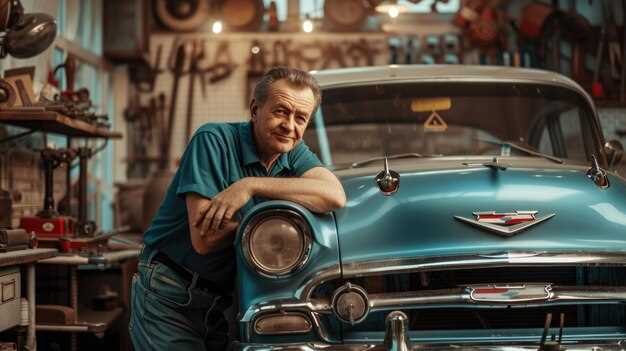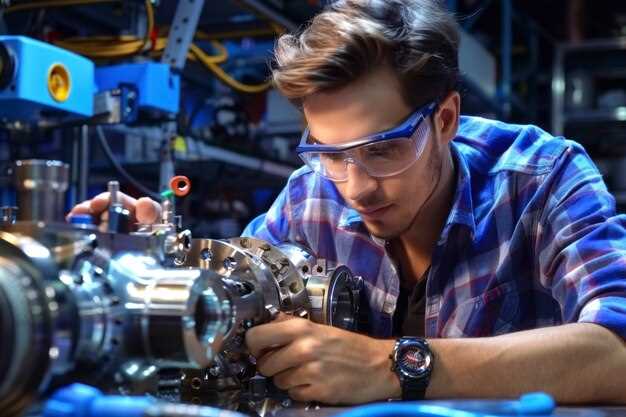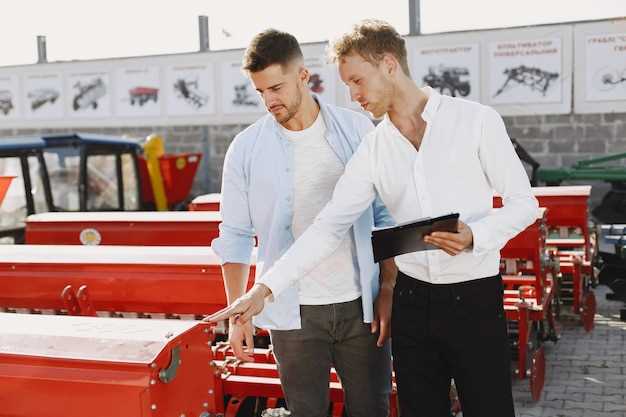
The world of vintage racing is not just about speed and nostalgia; it is deeply rooted in safety and compliance. Engineers play a crucial role in the approval process of vintage race cars, ensuring that these classic vehicles meet stringent safety standards. Their expertise is indispensable in the inspection phase, where each car is meticulously evaluated for its structural integrity and performance capabilities.
During the inspection process, engineers assess various components of a vintage race car, from the chassis to the engine. They examine the materials used and the manufacturing processes employed, taking into consideration the unique characteristics of older vehicles. This thorough evaluation helps determine whether the car is fit for competitive race conditions while preserving its historical significance.
In summary, the role of engineers in approving vintage race cars is pivotal. Their work not only ensures compliance with modern safety standards but also maintains the rich heritage of motorsport. This balance between innovation and tradition underscores the importance of engineering in the realm of vintage racing.
Technical Specifications Evaluation for Vintage Cars

In the realm of vintage racing, engineers play a crucial role in ensuring that cars meet the necessary technical specifications. The evaluation process begins with a comprehensive inspection of each vehicle, focusing on key components such as the engine, transmission, suspension, and braking systems. These elements must comply with both historical standards and contemporary safety regulations.
During the inspection, engineers assess the originality of parts and modifications. Many vintage race cars have undergone various alterations over the decades, resulting in a need for careful evaluation to determine if changes align with the established guidelines for approval. The goal is to maintain the authenticity of the vehicle while ensuring it is race-ready and safe.
Approval comes after a thorough review of all specifications, where engineers document their findings and recommend necessary adjustments. This may involve reinforcing structural integrity, updating safety features, or fine-tuning performance parameters. Each aspect is critical not only for achieving competitive performance but also for ensuring driver safety during races.
The entire evaluation process requires a blend of technical expertise and a deep understanding of vintage cars. Engineers must possess knowledge of historical racing practices as well as modern engineering principles. This unique combination allows them to make informed decisions that uphold the integrity of vintage racing while ensuring compliance with current standards.
Ultimately, the rigorous technical specifications evaluation conducted by engineers is vital for the approval of vintage race cars. This process not only preserves the legacy of these vehicles but also enables them to participate safely and competitively in today’s racing events.
Conducting Safety Inspections for Race Compliance
Engineers play a crucial role in ensuring that vintage race cars meet safety standards and regulations. The approval process begins with comprehensive safety inspections that evaluate various components of the vehicle, including the chassis, brakes, and safety equipment. Each inspection is tailored to adhere to specific racing regulations, which vary by event and governing body.
During the inspection, engineers assess the structural integrity of the car, looking for signs of wear or damage that could compromise performance or safety. This examination includes a detailed analysis of the suspension system, fuel lines, and electrical components. Proper functioning of these elements is fundamental for achieving race compliance.
Furthermore, engineers must verify that all safety equipment–such as roll cages, harnesses, and fire suppression systems–are installed correctly and meet the required specifications. These items are essential for protecting drivers in high-speed situations, making their inspection paramount for approval.
After completing the safety inspection, engineers provide a detailed report outlining their findings. This documentation is vital for securing the necessary approvals from race officials. Any deficiencies must be addressed before a vintage race car can be deemed compliant and ready to compete.
In conclusion, the rigorous safety inspection process carried out by engineers is essential for maintaining the integrity of vintage racing. It ensures not only compliance with regulations but also the safety of all participants on the track.
Documentation and Certification Processes for Approval

The approval of vintage race cars involves a comprehensive documentation and certification process that is essential for ensuring safety and compliance with racing regulations. Engineers play a critical role in this process, meticulously reviewing all technical specifications and historical data related to the vehicle.
The first step in the approval process is the collection of relevant documentation, which includes the original factory specifications, modifications made over time, and any restoration work that has occurred. Engineers examine these documents to confirm that the vehicle meets the necessary standards for vintage racing.
Next, a thorough inspection is conducted by the engineering team to assess the condition of the race car. This inspection typically includes checks on the chassis, engine, brakes, and safety equipment. Engineers look for any signs of wear or non-compliance with current safety standards, ensuring that the car can perform safely on the racetrack.
Once the inspection is complete, engineers compile a detailed report that outlines their findings. This report is crucial for the certification process, as it provides a clear overview of the vehicle’s compliance with race regulations. If any issues are identified, engineers recommend the necessary modifications or repairs prior to approval.
Upon completion of required adjustments, the vintage race car must undergo a final certification process. This includes a series of tests to validate its performance and safety features under race conditions. Engineers oversee these tests, ensuring that the car not only meets regulatory requirements but also operates effectively in a competitive environment.




